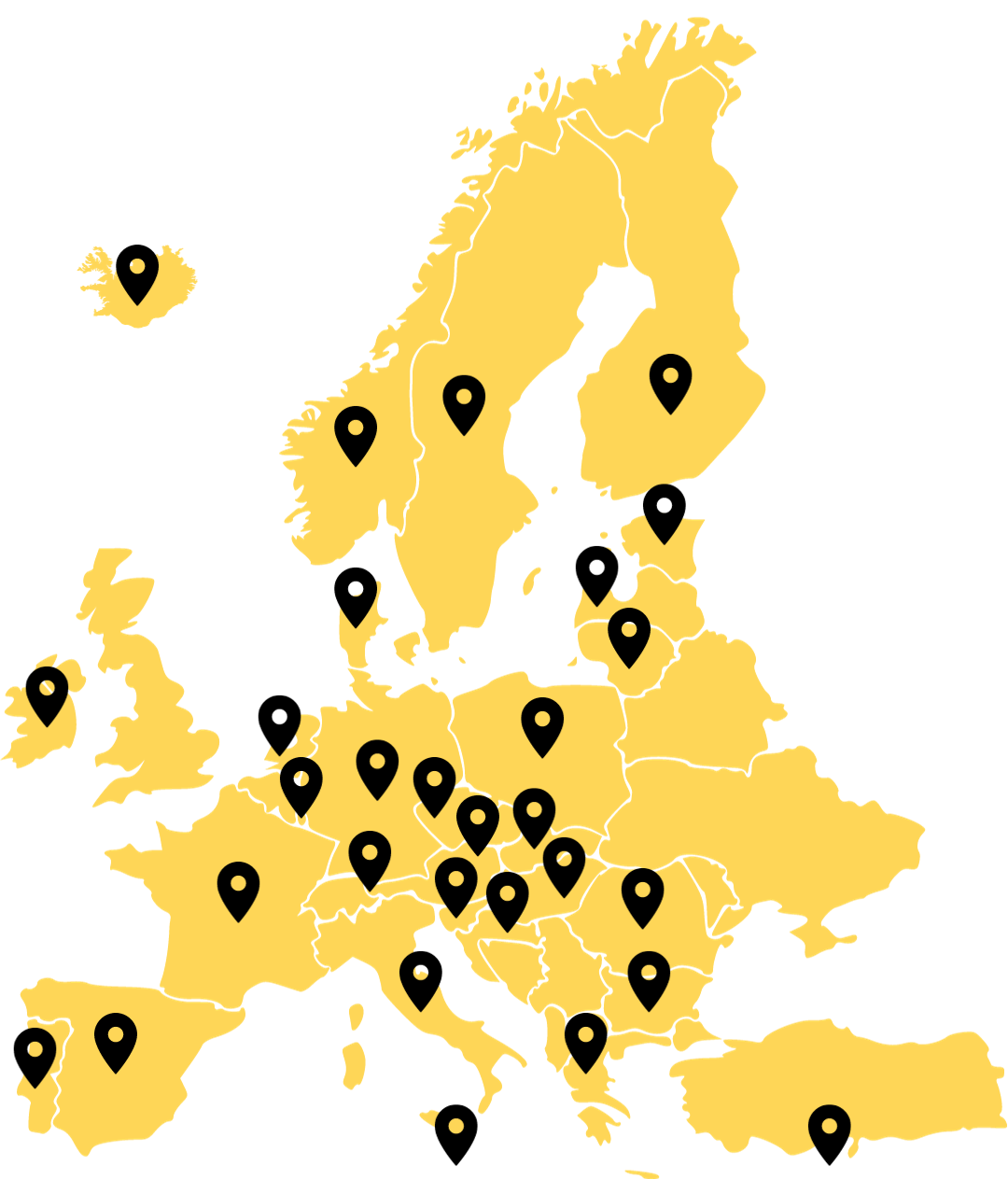Carbon Border Adjustment Mechanism
The Carbon Border Adjustment Mechanism (CBAM) was introduced on 1 October 2023 in accordance with Regulation (EU) 2023/956. The purpose of the CBAM is to counteract the risk of carbon leakage as part of the European Union’s “Fit for 55” package under its European Green Deal.
After the transition phase (1 October to 31 December 2023), the CO2 border adjustment system will be fully implemented from 1 January 2026 and will gradually become an alternative to the current measures for preventing carbon leakage.

Backround
The European Emissions Trading System (EU ETS) is a key instrument of the Green Deal. It was introduced in 2005 to provide emissions-intensive industries with an incentive to reduce their emissions by trading emission allowances.
The EU ETS operates on the basis of a “cap & trade” system. An upper limit (cap) defines the maximum total quantity of CO₂ emissions or CO₂ equivalents that polluters - like energy or industrial companies - are permitted to release. The member states* of the EU allocate a corresponding quantity of emission allowances to the polluters in the form of certificates. The number of available certificates will be gradually reduced in order to create scarcity. The emission certificates authorise companies to emit CO₂ emissions and can be freely traded on the market. Companies that need more certificates than they have been allocated can purchase them at auction or buy them from other companies that do not need them (trade them). The cap & trade system establishes a market price for greenhouse gas emissions.
* incl. Norway, Iceland and Liechtenstein
How does the CBAM work?
Gradually reducing the number of EU emission certificates available for trading will increase CO2 prices and the cost of emitting greenhouse gases. This increases the risk of CO2 emissions being shifted to countries with lower climate protection standards (“carbon leakage”). In order to prevent carbon leakage and maintain the effectiveness of EU emission reduction measures, the EU regulation on the Carbon Border Adjustment Mechanism was published on 10 May 2023. This complements the EU ETS and ensures that importers of CBAM products will pay a carbon price for them from 1 October 2023 in order to compensate for potential competitive disadvantages for domestic companies. The core element of the mechanism is the pricing of CO2 emissions from imports of certain goods into the EU (with an initial focus on cement, iron and steel, aluminium, fertilisers, electricity and hydrogen).
Importers must submit CBAM certificates covering the total emissions, while taking any potential carbon price paid abroad into account. After the end of the transition period, only authorised CBAM applicants will be allowed to import CBAM goods into the EU from 2026.
The gradual introduction of the CBAM regulations will begin with a transition phase from 1 October 2023 to 31 December 2025. The regulations will come into full effect on 1 January 2026. Their purpose is to create and maintain fair and competitive conditions - despite the reduction and complete cessation of the free allocation of CO₂ certificates by 2034.
Who does the CO₂ border adjustment system apply to?
During the transition period (1 October 2023 to 31 December 2025) the scope of the CBAM will focus on energy-intensive industries. This concerns the following sectors:
▪️ cement
▪️ iron and steel
▪️ aluminium
▪️ fertilisers
▪️ power
▪️ hydrogen
▪️ some upstream and downstream products
By 2026, the EU Commission will determine whether the scope of the CBAM should be expanded to include other areas, such as organic chemicals and polymers. It will also assess the extent to which indirect emissions should be factored in for the sectors.
The next steps for companies
During the introductory phase of the CBAM (1 October 2023 to 31 December 2025), companies will have a few to-do’s on their list:
1. Carry out an initial impact analysis and check whether imported products fall under the CBAM Regulation.
2. Register as an authorised CBAM declarant (customs declarant) with the competent local authority.
3. Calculate the embedded direct and indirect emissions of goods imported into the EU.
4. Arrange for the information about direct and indirect emissions to be reviewed by an accredited auditor.
5. Prepare quarterly CBAM reports with the volume of imports, emissions and the CO₂ prices paid in the third country.
There is no obligation to purchase certificates until the end of 2025!
Implementation of CBAM from 2026
The first financial implications and regular duties will come into effect when the CBAM is fully implemented on 1 January 2026. This will involve purchasing and submitting the number of CBAM certificates required to cover the embedded direct and indirect emissions. An annual CBAM declaration must be prepared and submitted by 31 May of each calendar year. This declaration includes all of the emissions associated with goods imported in the previous calendar year. The corresponding number of CBAM certificates must also be submitted by this deadline.
Green yes, but how?
Find out more about our green gas project portfolio on our topic page.